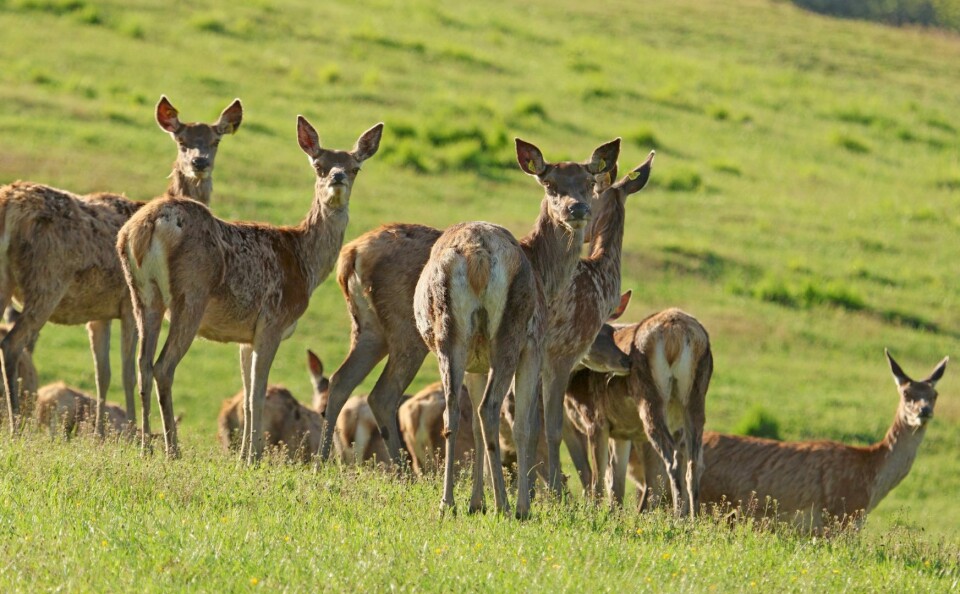-
Duck Cold! Four French phrases to use when it is freezing outside
We remind you of French expressions to use to describe the drop in temperature
-
When and why do we say le moral dans les chaussettes?
We explore this useful expression that describes low spirits
-
The origins and meaning of tirer les marrons du feu
As Christmas approaches, we look at a phrase to describe someone who takes advantage of a situation
French wildlife charity to turn hunting enclosure into nature reserve
The deer and wild boar were bred to be shot by hunters but will now live out their days on the property

There are around 1,300 ‘parcs et enclos de chasse’ (hunting enclosures) in France, according to wildlife charity ASPAS.
Their purpose is to breed wild animals in captivity so that hunters can shoot them.
In these privately owned spaces, the animals are legally shot all year round, regardless of age, gender or breeding status.
In order to provide variety, exotic species are imported, including the Sika deer which is native to East Asia.
The Sika deer is very attractive and hardy. It is also capable of cross-breeding with native species.
‘Our long term aim is to return the space to nature’
“When ASPAS bought the Domaine de Valfanjouse in Vercors in 2019 to use as an animal sanctuary, we knew that 200 hectares of the 500-hectare property was an enclos de chasse,” says Blanche Bos, project manager at ASPAS.
“Our aim was to close it and return the space to its natural state. But first we have to care for the animals living here – around 60 deer and 40 sangliers (wild boar). Normally we lobby for wild animals to be released but this was not possible.”
Because Sika deer are not native, they cannot be released into the wild.
“The red and fallow deer here have probably already interbred with them, so they cannot be released either.”
Read more: Bid to stop marmot hunting in France fails
Animals will remain on the property until they die naturally
The animals are not legally allowed to be moved to any other part of France.
“Evidently we are not prepared to cull them, so a programme of sterilisation is underway.
“As for the sangliers here, they cannot be released either, as France is already overpopulated (the result of hunters feeding them during the winter to encourage them to breed) so we have now sterilised them all. They could be rehomed if anyone wanted them.
“We are currently sterilising all the male deer on the property. The females cannot be sterilised because it damages their health.”
Once sterilised, the various species can inhabit the same space, and the animals already living on the property will remain there until they die naturally.
Read more: Listen: Stag bellowing season underway in French forests
The land will become a wild nature reserve
“As the population reduces we envisage being able to reduce the enclos, starting in 3-4 years’ time until, twenty years from now, we will be able to remove all the barriers and turn the land into a ‘Réserve de Vie Sauvage®’ nature reserve.”
Because the idea is to establish reserves without human activities on them, the sanctuary cannot be visited.
“We supplement their feed in bad weather, so obviously they are slightly used to humans, but we intend for them to be left in peace. We do not accept animals from the exterior because the aim is to eventually eliminate the captive animal population here.”
The charity is appealing for donations towards caring for the animals at the sanctuary; to help out, visit the aspas-nature.org website.
Related articles
Couple tell how stray hunt bullet hit car and house in south of France
Drunk hunters face €1,500 fine under new French law
Can we claim on house insurance if boars damage our French garden?
























